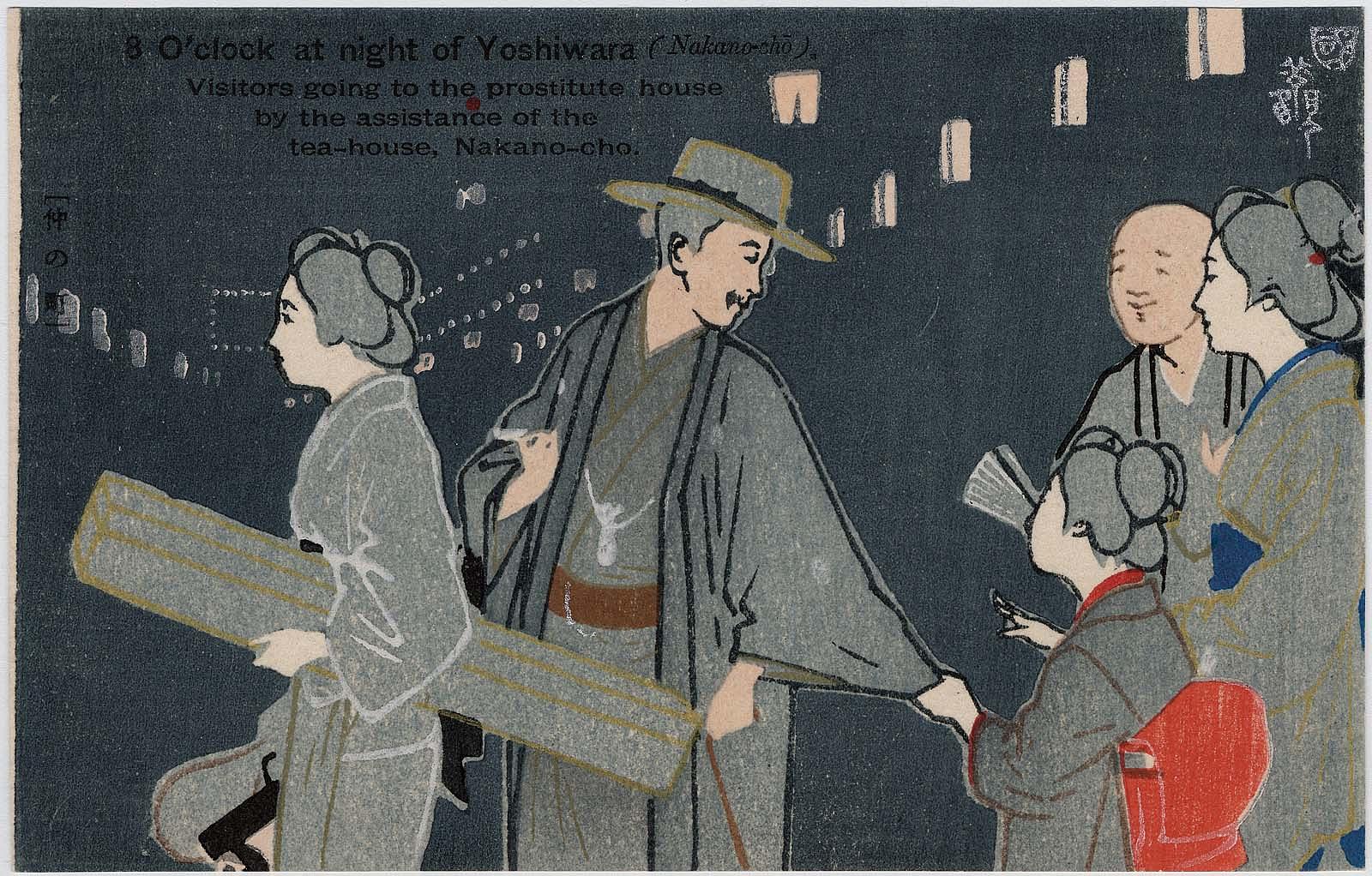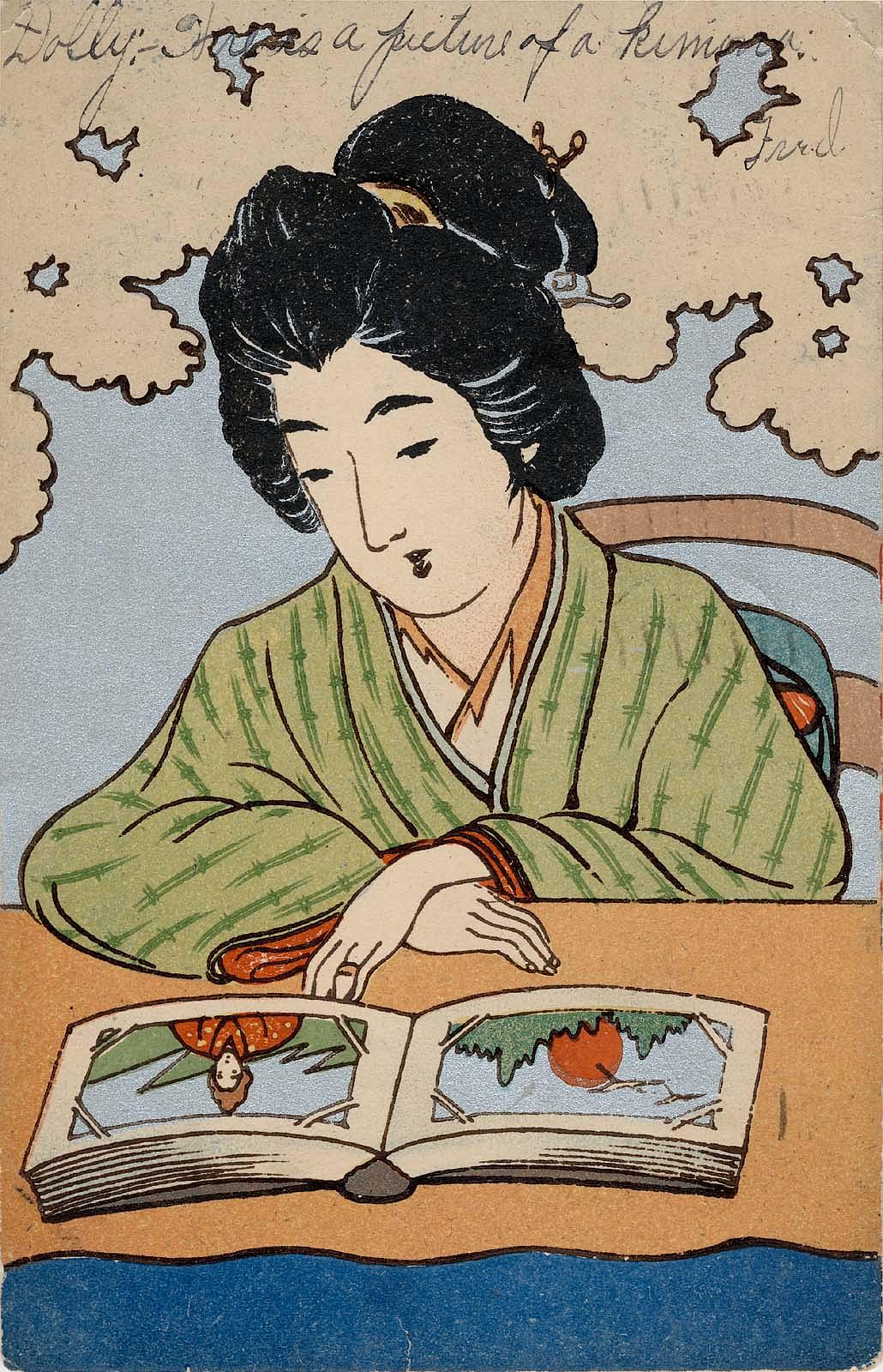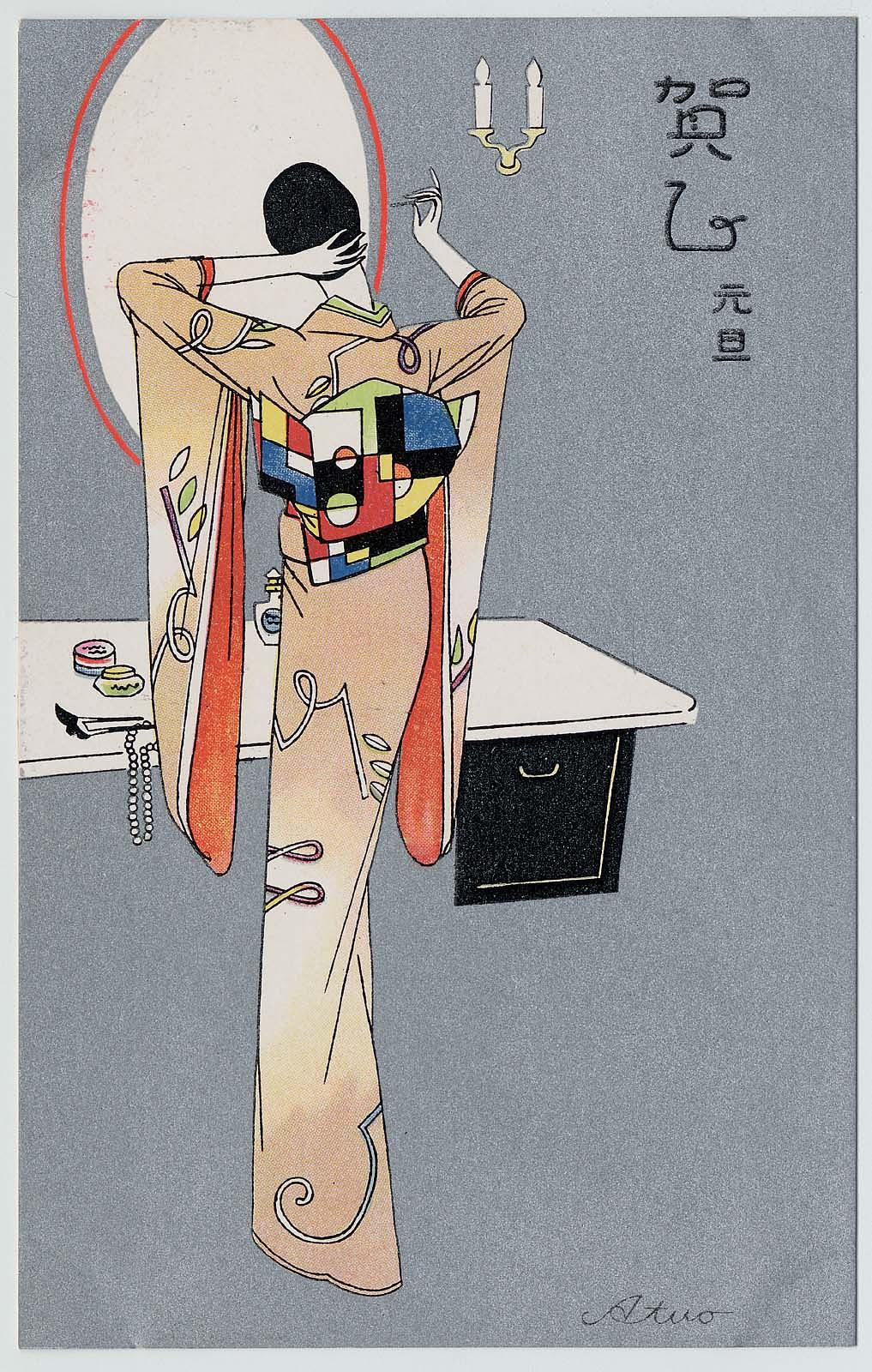If only we could have had a teacher as insightful as Sir Ian McKellen explain some Shakespeare to us at an impressionable age.
Above, a 38-year-old McKellen breaks down Macbeth’s famous final soliloquy as part of a 1978 master class in Acting Shakespeare.
He makes it clear early on that relying on Iambic pentameter to convey the meaning of the verse will not cut it.
Instead, he calls upon actors to apply the power of their intellect to every line, analyzing metaphors and imagery, while also noting punctuation, word choice, and of course, the events leading up to the speech.
In this way, he says, “the actor is the playwright and the character simultaneously.”
McKellen was, at the time, deeply immersed in Macbeth, playing the title role opposite Judi Dench in a bare bones Royal Shakespeare Company production that opened in the company’s Stratford studio before transferring to the West End. As McKellen recalled in a longer meditation on the trickiness of staging this particular tragedy:
It was beautifully done on the cheap in The Other Place, the old tin hut along from the main theatre. John Napier’s entire set cost £200 and the costumes were a ragbag of second-hand clothes. My uniform jacket had buttons embossed with ‘Birmingham Fire Service’; my long, leather coat didn’t fit, nor did Banquo’s so we had to wear them slung over the shoulder; Judi Dench, as Lady Macbeth, wore a dyed tea-towel on her head. Somehow it was magic: and black magic, too. A priest used to sit on the front row, whenever he could scrounge a ticket, holding out his crucifix to protect the cast from the evil we were raising.
The New York Times raved about the production, declaring McKellen “the best equipped British actor of his generations:”
Mr. McKellen’s Macbeth is witty; not merely the horror but the absurdity of his actions strikes him from the outset, and he can regard his downfall as an inexorable joke. His wife pulls him along a road that he would travel anyway and he can allow himself scruples, knowing that she will be there to mop them up. Once her prosaic, limited ambition is achieved, she is of no more use to him and he shrugs her off; “she would have died hereafter” is a moment of exasperation that dares our laughter.
What fuels him most is envy, reaching incredulously forward (“The seed of Banquo kings?”) and backward to color the despair of “Duncan is in his grave.” The words, and the mind behind them, are rancid, and it is this mood that takes possession of his last scenes. Everything disgusts him, and his only reason for fighting to the death is that the thought of subjection is the most disgusting of all.
McKellen begins his examination of the text by noting how “she would have died hereafter” sets up the final soliloquy’s preoccupation with time, and its passage.
Tomorrow, and tomorrow, and tomorrow,
Creeps in this petty pace from day to day,
To the last syllable of recorded time;
And all our yesterdays have lighted fools
The way to dusty death. Out, out, brief candle!
Life’s but a walking shadow, a poor player,
That struts and frets his hour upon the stage,
And then is heard no more. It is a tale
Told by an idiot, full of sound and fury,
Signifying nothing.
McKellen makes a true meal of “out, out, brief candle”, relating it to Lady Macbeth’s final appearance, the fools proceeding to their dusty death earlier in the monologue, and Elizabethan stage lighting.
He speculates that Shakespeare’s description of life as a “poor player” was a deliberate attempt by the playwright to give the actor an interpretive hook they could relate to. In performance, the theatrical metaphor should remind the audience that they’re watching a pretense even as they’re invested in the character’s fate.
The production’s success inspired director Trevor Nunn to film it. McKellen recalled that everyone was already so well acquainted with the material, it took just two weeks to get it in the can:
The claustrophobia of the stage production was exactly captured. Trevor had used a similar technique with Antony and Cleopatra on the box. No one else should ever be allowed to televise Shakespeare…There is so much I was proud of: discovering how to play a soliloquy direct into the eyes of everyone in the audience; making them laugh at Macbeth’s gallows humor; working alongside Judi Dench’s finest performance.
For more expert advice from McKellen, Patrick Stewart, Ben Kingsley and other notables, watch the RSC’s 9‑part Playing Shakespeare series here.
– Ayun Halliday is the Chief Primatologist of the East Village Inky zine and creator, most recently of Creative, Not Famous: The Small Potato Manifesto. Follow her @AyunHalliday.








